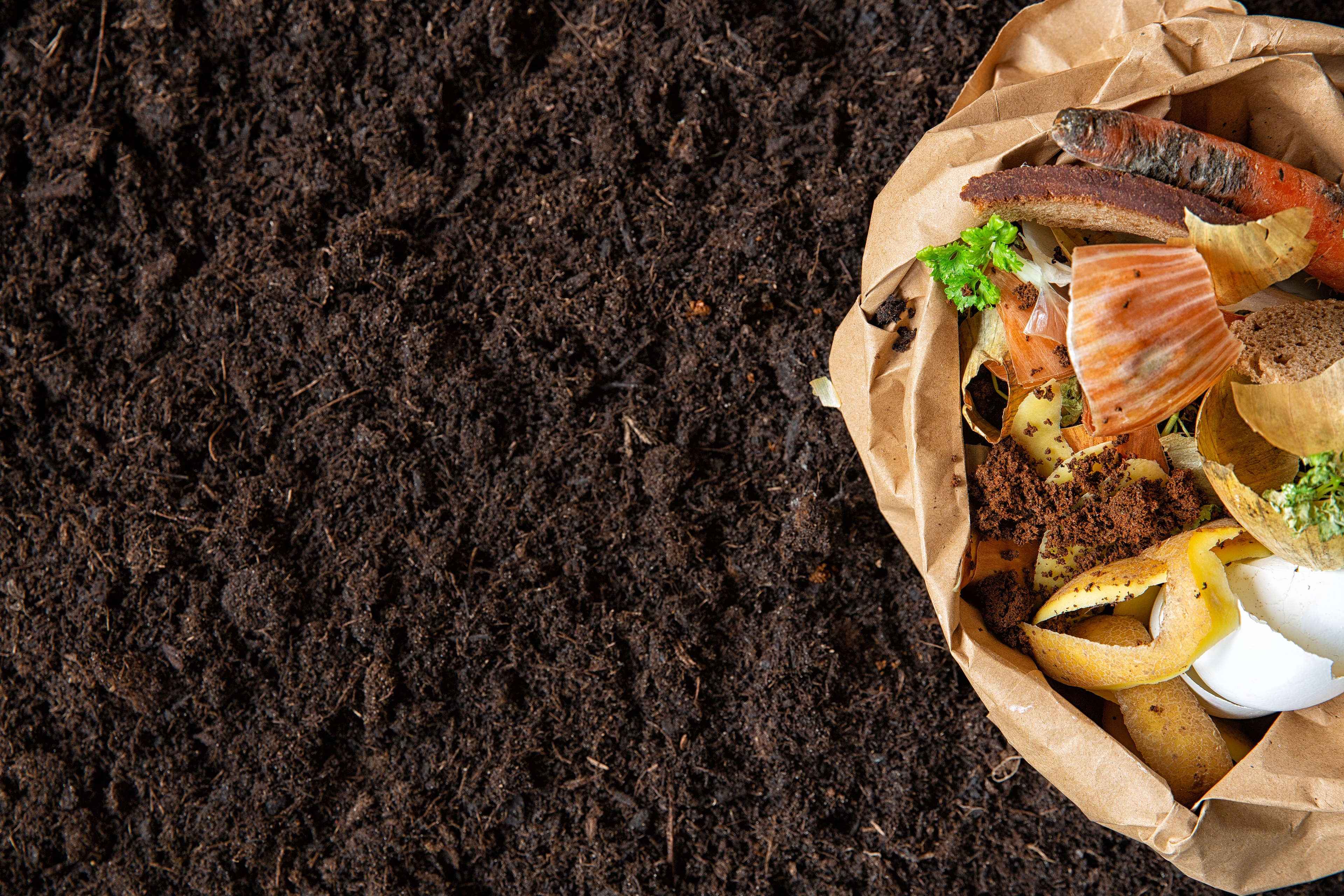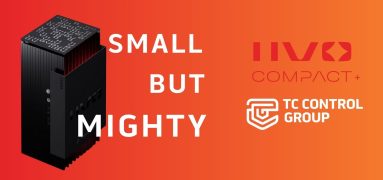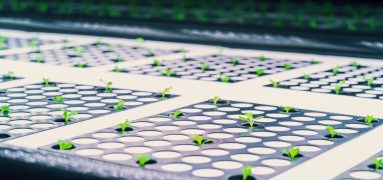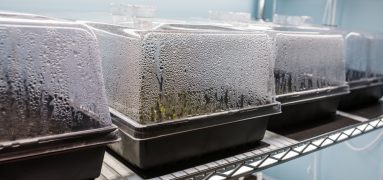Sustainable Food & Produce Packaging

it's what customers want!
The push for sustainable packaging is here. Vertical Farm Daily reports that consumers are fed up with seeing plastic-wrapped produce in the grocery stores, so an increasing number of producers are opting for sustainably packaging their products. Growers big and small can introduce green packaging to their operation in a few different ways.
So, what are some sustainable options for food and produce packaging? And what are the pros and cons of each?
Compostable Packaging
Compostable packaging is made of organic materials that naturally break down and re-enter the soil as beneficial elements. As they break down, they turn into nutrients and humus that help with soil health and fertilization.
Compostable materials are often made of wood pulp, potato starch, fungi, bamboo, cotton, or sugar.
Compostable packaging comes in many forms, including bags, to-go cups, clamshell food containers, berry cartons, and stickers.
Pros:
- Benefits soil
Cons:
- Single-use only
- Not very long-lasting
- More expensive than traditional plastic packaging – however, labeling your packaging as compostable and environmentally friendly can be a great selling point!
- May contain undisclosed allergens such as gluten
- Requires certain conditions to compost properly
Post-Consumer Resin (PCR) Packaging
PCR packaging is made of plastics that have been used and recycled by a previous consumer. PCR plastic can utilized just like regular plastic and turned into bottles, containers, clamshells, wrapping, ect.
Although PCR packaging is an option, the FDA has concerns about the safety of this method. They note that traces of the plastic may end up in the food, or the plastic may not be processed in a way that’s conducive to food safety regulations.
Pros:
- As strong and long-lasting as new plastic
Cons:
- Cannot be recycled again
- Does not break down and provides no environmental benefit
- Slightly more expensive than new plastic
- Concerns with food safety
Reusable Packaging
What did we do before plastic was invented? A world without plastic seems alien, even though it was the reality only a few decades ago.
Before plastic, foods and other goods were packaged in reusable containers such as glass, metal, wood, and fabric. Why not return to this method?
Produce can be packaged in glass jars and bottles, wooden crates and boxes, metal cans and tins, and fabric bags and wraps.
Pros:
- High quality
- Great for marketing
- Can be turned into other materials (upcycled)
Cons:
- Can be expensive
- May be difficult to ship as non-plastic materials are often heavy and/or fragile
Biodegradable Packaging
The conditions for biodegradable materials to actually break down are rarely met outside of highly controlled laboratory climates.
Some form of sustainable packaging is better than none! Even if you only switch to using compostable stickers on your packaging, a small change can make a big difference. Your customers will appreciate your eco consciousness, too. Consider making the switch and packaging your produce in something that's just as healthy and natural as your products.
TC Control Group is committed to seeing growers thrive. And before all of the packaging and marketing, your products have to grow! TC Control Group's expert engineers, many of which have experience growing themselves, are here to help. Contact us to optimize your indoor growing operation today.



